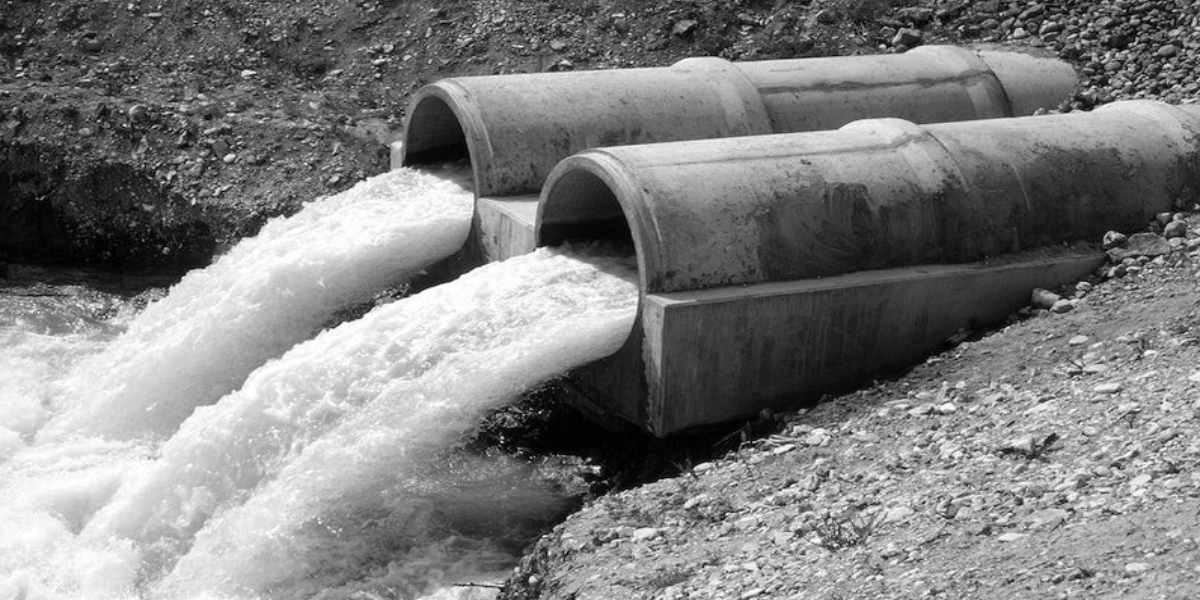Scientists compared the viral load of the SARS-CoV-2 in both wastewater samples and clinical samples from individuals affected by Covid-19.

The genomic surveillance of wastewater to be a complementary tool to gain insights on SARS-CoV-2 virus populations in a community. (Representational image)
Infections from the SARS-CoV-2 virus, commonly known as Covid-19, were four times higher in Bengaluru city than the number obtained via clinical tests, according to a study.
The study titled “SARS-CoV-2 infection dynamics and genomic surveillance to detect variants in wastewater – a longitudinal study in Bengaluru, India”, was published in The Lancet Regional Health – Southeast Asia.
In the study, scientists from the Tata Institute for Genetics and Society (TIGS), National Centre for Biological Sciences (NCBS), and Biome Environmental Trust showed that genomic surveillance of wastewater could effectively be used to understand Covid-19 trends and for early detection of new viral emergent.
The study was conducted in Bengaluru, a city with a population of 11 million.
Wastewater samples were collected once every week from 28 sewer sites across the city between January and June of 2022.
Positive samples for SARS-CoV-2 were analysed using RT-qPCR, a demonstrated economical surveillance tool used globally to trace the spread of Covid-19.
The findings of this study revealed real-time genomic surveillance of wastewater as a key tool to understand the emerging patterns of virus populations and of new virus variants in densely populated areas.
The scientists compared the viral load of the SARS-CoV-2 virus in both wastewater samples and clinical samples obtained from individuals affected by Covid-19. They found them to be positively correlated with each other.
The outcomes of the sensitivity analysis suggested that the total number of individuals infected with the SARS-CoV-2 virus in Bengaluru city was four times higher than the number obtained via clinical tests.
This confirmed the genomic surveillance of wastewater to be a complementary tool to gain insights into SARS-CoV-2 virus populations in a community.
“Genomic sequencing is the backbone of wastewater surveillance and needs to be done in real time to understand the variants that cause the emerging viral load patterns in wastewater,” the scientist heading the wastewater surveillance at TIGS and the study, Dr Farah Ishtiaq, said in a statement.
This crucial information was shared with officials of the city’s municipality — the Bruhat Bengaluru Mahanagara Palike (BBMP) — and the Bangalore Water Supply and Sewerage Board (BWSSB) to help them make informed decisions when strategising plans to curtail the spread of Covid-19.
Based on the findings of this study, clinical testing for Covid-19 was increased in some locations in Bengaluru.
Genomic surveillance of wastewater can be an early warning system to predict Covid-19 outbreaks and to identify new emergent virus variants, showed the study.
The study also said that there was a higher number of virus variants in wastewater than in clinical samples.
The emergence of new variants in wastewater was indicative of a significant number of individuals in the community having already been infected by new viral strains.
Many new variants were observed at different intervals throughout the duration of the study. However, these variant types and their time of detection were consistent across all sampling sites in the city.
“Wastewater surveillance should be used as a complementary surveillance approach to identify disease hotspots,” said Dr Uma Ramakrishnan, a professor at NCBS who was involved in the study’s design and execution.
The surveillance of pathogens in wastewater was a cost-effective technique to track and understand the viral load of an infection in a community.
It provided complimentary snapshots of public health and has been recently brought to the forefront during the Covid-19 pandemic.
Studies using clinical data on Covid-19 were limiting in nature due to the paucity of information available on virus variants and their abundance in the community.
“But in such cases, genomic surveillance studies of wastewater have proven to be successful in predicting Covid-19 infection trends and detecting viral loads in Brazil and many other South American countries,” read the study.
The functionality and cost-effectiveness of this technique to monitor the spread of infections in highly populated areas with migrating populations and limited access to public health surveillance systems make it suitable to be implemented in countries like India.
Previously, similar techniques were used in the nationwide surveys conducted to detect the presence of the polio virus.
The scientists believe the insights gained from this study would significantly improve public health surveillance, both for the ongoing Covid-19 pandemic and also other infections in future.
“The current surveillance and infrastructure are being scaled beyond SARS-CoV-2 to other pathogens (eg dengue and malaria). This will also help understand major pathways and drivers of antimicrobial resistance in the environment,” TIGS Director Dr Rakesh Mishra, who is coordinating a multi-city centre consortium for environmental surveillance, said in a statement.

Apr 24, 2024

Apr 24, 2024

Apr 24, 2024

Apr 24, 2024

Apr 24, 2024

Apr 24, 2024